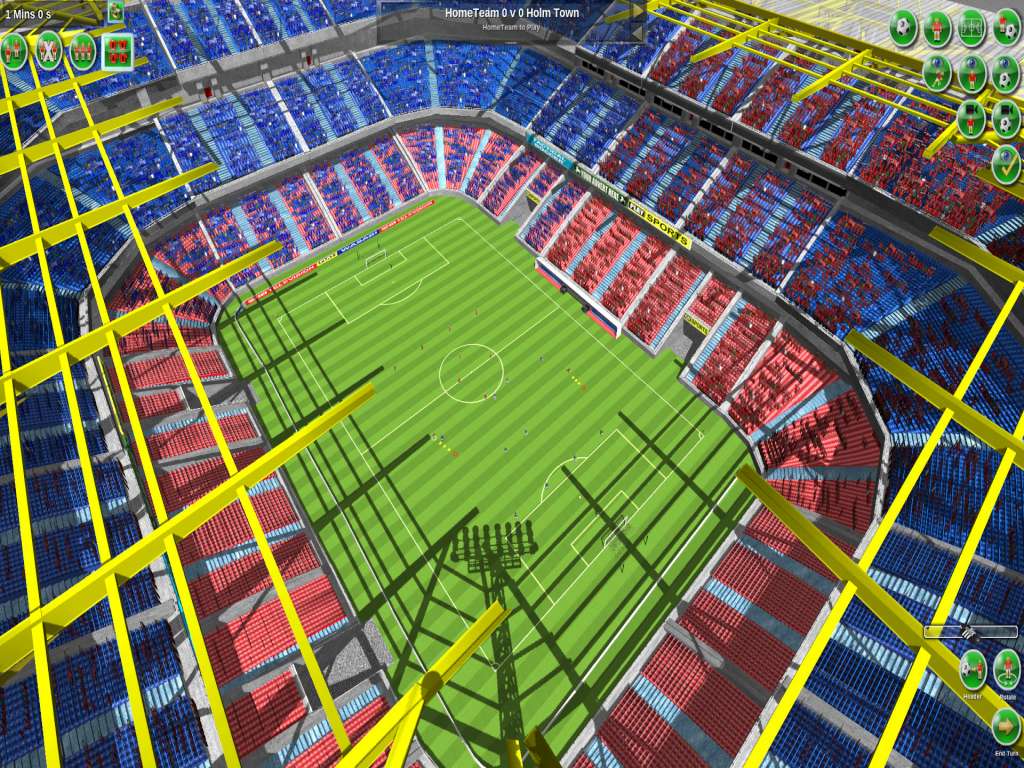

Beginning to develop some physical confidence (most can ride a bicycle).General Characteristics of the U7/U8 Age Group The coach must set up numerous activities where the players are together, but still involved in both individual and partner play. Parallel play may occur in training sessions for U7/U8 players, too. They are still there to have fun, and because some of the players may be new to soccer, it is imperative that activities are geared toward individual success and participation. True, they do have an idea of the game with regard to scoring or preventing goals, but the emphasis still needs to be placed on the individual’s ability to control the ball.

Some U7/U8 players will have played for more than a season however, this does not mean these players are ready for the mental demands of tactical team soccer. In fact, they will now recognize that they even have teammates because they will occasionally pass the ball to a teammate purposefully. They are beginning to cooperate more with their teammates. Six, 7 and 8 year olds are starting to understand what it means to play a game. Swarm ball may actually help players improve their dribbling skills and decision-making ability. It is important for early childhood coaches and administrators to teach this reality to the player’s parents and to let everyone know it is OK to play swarm ball at the U5/U6 and U7/U8 age groups. Start them with just one partner and work to a variety of partners from there. Ask them to work with others to solve a challenge. Thus, players need encouragement to share and approval for trying. If the adults want to help the children play their best, they need to be quiet while watching the children’s game.įrom parallel play, as described in the U5/U6 age group, to learning to share with others, these milestones are passed by the end of this age.

Now they have to make a choice: either play the ball or listen to the adults. Unfortunately, they are often distracted by adults giving advice from around the field. So during a match, the players need to focus on the task at hand, trying to control the ball. In a 4v4 match the opposition for the player with the ball is generally 1v7 even though partner play is now emerging. They are quite rightly focused on the ball. The attention capacity for this age group is still limited to one task at a time. This age group prefers individual activities, but it is possible to successfully get them into activities where they can work in pairs. The coach must set up numerous activities where the players are together but are still involved in individual play. Furthermore, encourage them to get better by practicing on their own with the ball.Ĭhildren in the U7/U8 age group still play predominately as individuals and occasionally with a partner. Many U7/U8 activities will be done in pairs to promote communication, cooperation and the conceptualization of soccer principles. This is not just a technical objective but a psychosocial one since the basis of all teamwork is cooperation between partners. Show players that passing is another option to dribbling. Ambidextrous skill is certainly a goal for a coach committed to player development. Now is the opportune time for encouraging skills with either foot as the muscle movement patterns are a clean slate. This is essential to overall coordination and a well-rounded physical fitness approach. These activities should include eye-hand and eye-foot coordination games. The emphasis on movement education and body awareness continues with this age group and is expanded to involve even more activities with the ball. Individual and small group play, especially pairs, is essential for both touches on the ball and learning at their own pace. There can be differences now in the motor, cognitive and social development capabilities of the players in this age group. This love of the game keeps people in the game for a lifetime. The aim of the coach is to keep their soccer experience fun, enjoyable and to foster a desire to play. Igniting a passion for the game must be the number one objective for coaches of this age group. During the fundamental stage an opportunity occurs for a lifelong turn-on to the game. The objective of the fundamental stage is to learn all basic movement skills by building overall motor skills. U7/U8 | Igniting the Passion Me, the ball and my friend


 0 kommentar(er)
0 kommentar(er)
